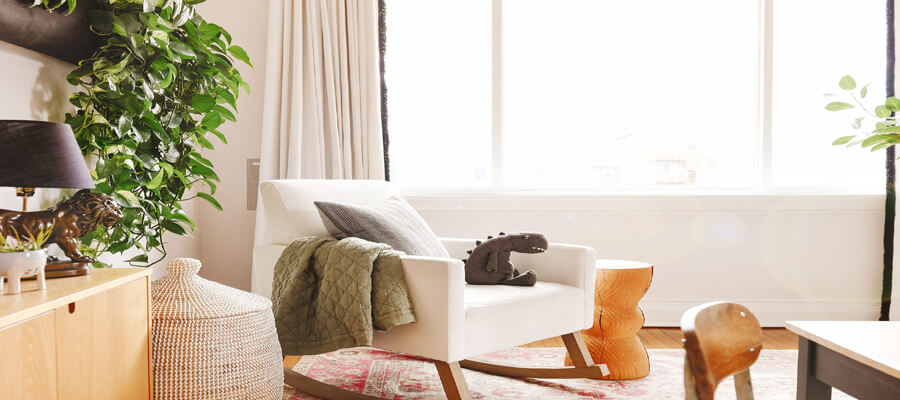
Updated on | by Critter Nets - Blogs
How to Puppy-Proof Your Home Before the Big Day
Puppy-Proof Your Home Before the Big Day
Introduction
Bringing a new puppy home is a joyful and exciting moment, but it also requires some preparation to ensure your house is safe and secure for your curious, playful pup. Puppies are naturally inquisitive and can get into trouble if their environment isn’t puppy-proofed. In this guide, we’ll show you the steps to take before your puppy arrives to create a safe haven where they can explore and grow without accidents or hazards.
1. Assess Potential Hazards
The first step in puppy-proofing is identifying potential risks that your puppy could encounter. Think like a puppy and consider the world from their perspective:
Essentials for Your Newly Adopted Pet
Welcoming a shelter pet into your life is a beautiful journey. Here are some handpicked items to help your new friend feel safe, loved, and right at home:
- Electrical Cords: Puppies love to chew, and cords can be especially tempting. Use cord organizers or covers to prevent them from accessing these hazards.
- Small Objects: Items like coins, buttons, and toys with detachable parts can be swallowed. Keep surfaces clear of small objects and ensure that anything potentially harmful is out of reach.
- Toxic Plants: Some common household plants can be dangerous for puppies. Remove or relocate any toxic plants such as lilies, poinsettias, or ivy.
2. Secure Furniture and Decor
Puppies are full of energy, and their playful nature may cause unintentional accidents. Secure your furniture and belongings to avoid mishaps:
- Heavy Furniture: Ensure large furniture, such as bookshelves and cabinets, is anchored to the wall to prevent tipping if your puppy jumps or climbs on them.
- Breakables: Place delicate items like vases, photo frames, and collectibles on higher shelves where your puppy can’t knock them over.
- Floor Coverings: Use washable rugs or remove rugs entirely in high-traffic puppy areas. Puppies may have accidents while learning house training, and it's easier to clean floors than to deal with stained carpets.
3. Create a Safe Space
Every puppy needs a designated area in your home where they can feel secure. This is especially important when you’re not able to supervise them directly:
- Puppy Playpen or Crate: Set up a crate or a puppy playpen in a comfortable part of your home. This will give your puppy a safe place to relax and learn boundaries.
- Safety Gates: If you want to limit your puppy’s access to certain parts of the house, use baby gates or puppy gates to create boundaries without shutting doors.
4. Protect Your Belongings
From shoes to pillows, puppies often see everyday items as chew toys. Protect your belongings by keeping them out of your puppy’s reach:
- Storage Solutions: Store items like shoes, bags, and clothing in closets or on high shelves. Don’t leave anything out that you wouldn’t want your puppy to chew or ruin.
- Garbage Cans: Use pet-proof trash cans or store bins in cabinets to prevent your puppy from rummaging through the garbage and eating something harmful.
5. Chemical Safety
Household chemicals and cleaning supplies pose serious risks to puppies, so it’s crucial to keep these items stored safely:
- Cleaning Supplies: Keep all cleaners, disinfectants, and detergents locked away in a cabinet that your puppy can’t access.
- Medications: Store medications and vitamins securely in cabinets that are out of your puppy’s reach. Even over-the-counter medications can be harmful to dogs if ingested.
- Pesticides and Fertilizers: If you use pesticides or fertilizers in your yard or home, be sure to store them safely and avoid areas where your puppy plays.
6. Secure Your Yard
If you have a yard, puppy-proofing the outdoor space is just as important as securing the inside of your home:
- Fencing: Make sure your yard is securely fenced, with no gaps where your puppy could squeeze through. Check for any sharp edges or protruding nails that could injure them.
- Garden Hazards: Remove any harmful plants, keep gardening tools out of reach, and be cautious with fertilizers or pesticides that may be dangerous to your puppy.
- Pool Safety: If you have a pool, make sure it’s fenced off to prevent your puppy from accidentally falling in. Puppies should always be supervised around water.
7. Stock Up on Puppy Supplies
To complete the puppy-proofing process, make sure you have all the essentials your new puppy will need:
- Puppy-Safe Toys: Provide plenty of chew toys to keep your puppy entertained and distracted from chewing on furniture or other household items.
- Food and Water Bowls: Choose sturdy, non-slip bowls for food and water to prevent spills.
- Puppy Pads: Puppy training pads are helpful during the house training process, and having them on hand can save your floors from accidents.
Conclusion
Puppy-proofing your home is an essential step in preparing for the arrival of your new furry family member. By identifying hazards, securing your belongings, and creating a safe space for your puppy, you can ensure they have a safe and happy start in their new home. Remember, puppies grow quickly, so stay vigilant as they explore and become more independent. With the right precautions in place, you and your puppy can enjoy a smooth and joyful transition to life together.
Affiliate Products
We may earn a small commission when you shop through our links — it helps us keep sharing love and care for every dog out there, at no extra cost to you.

